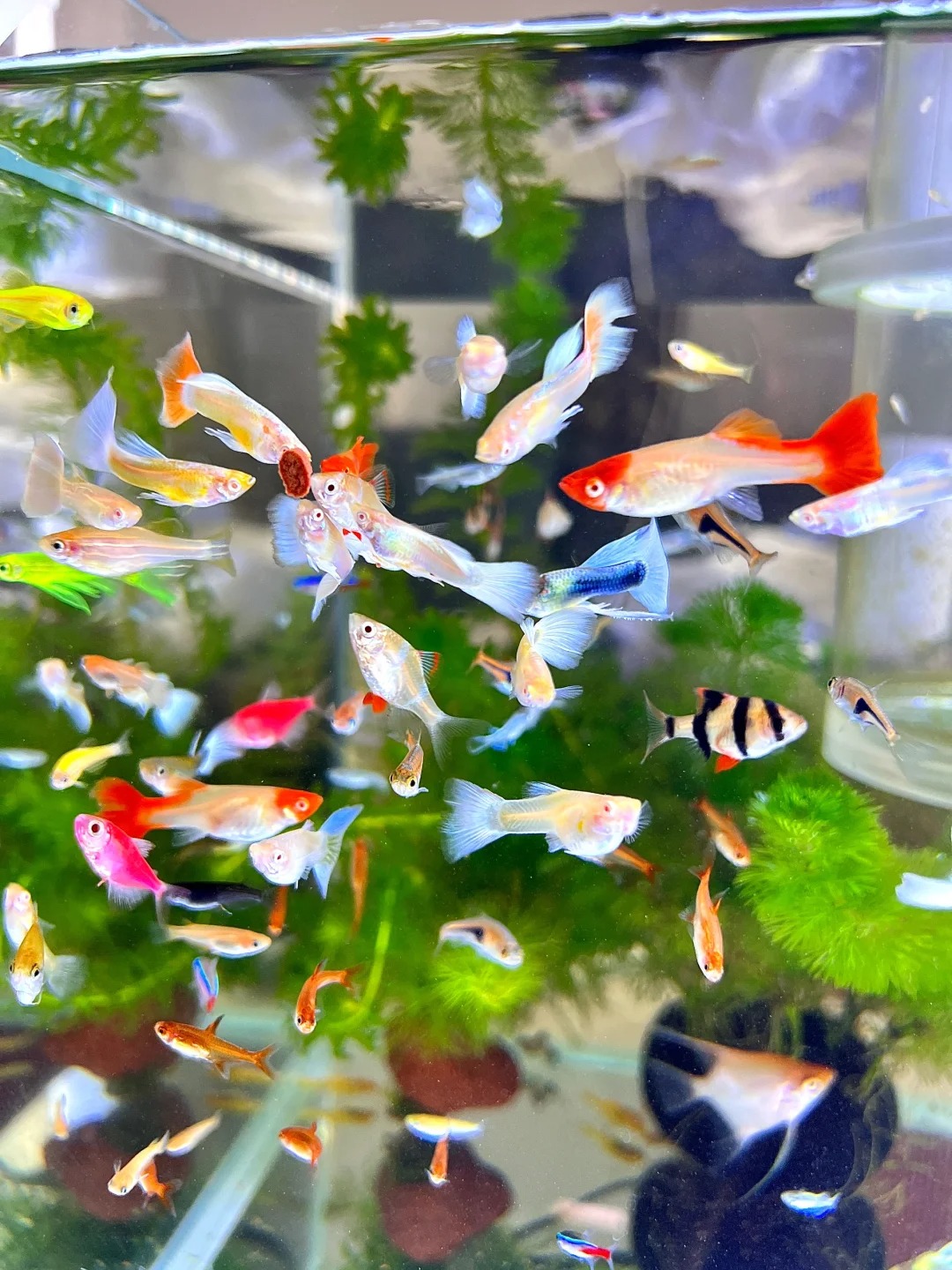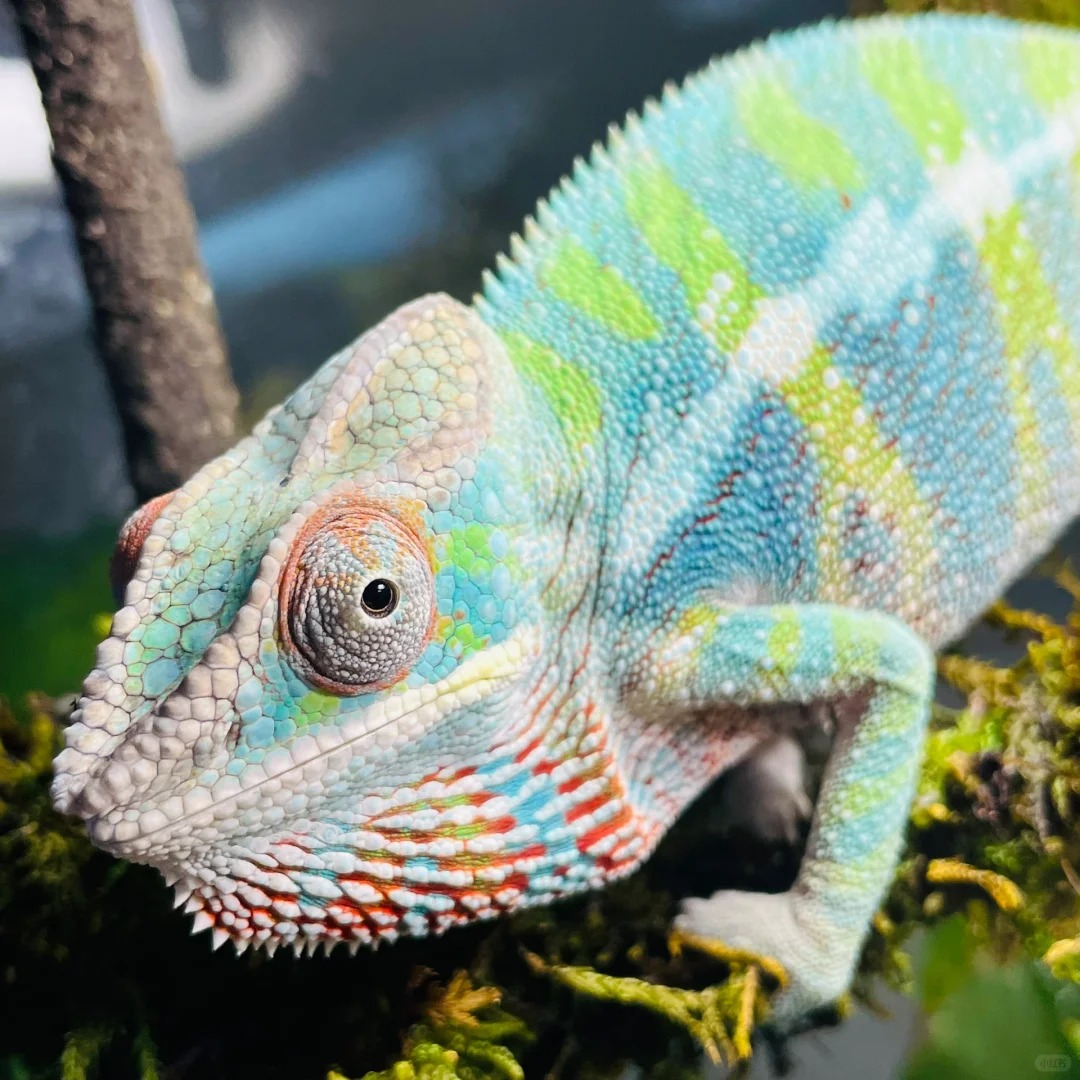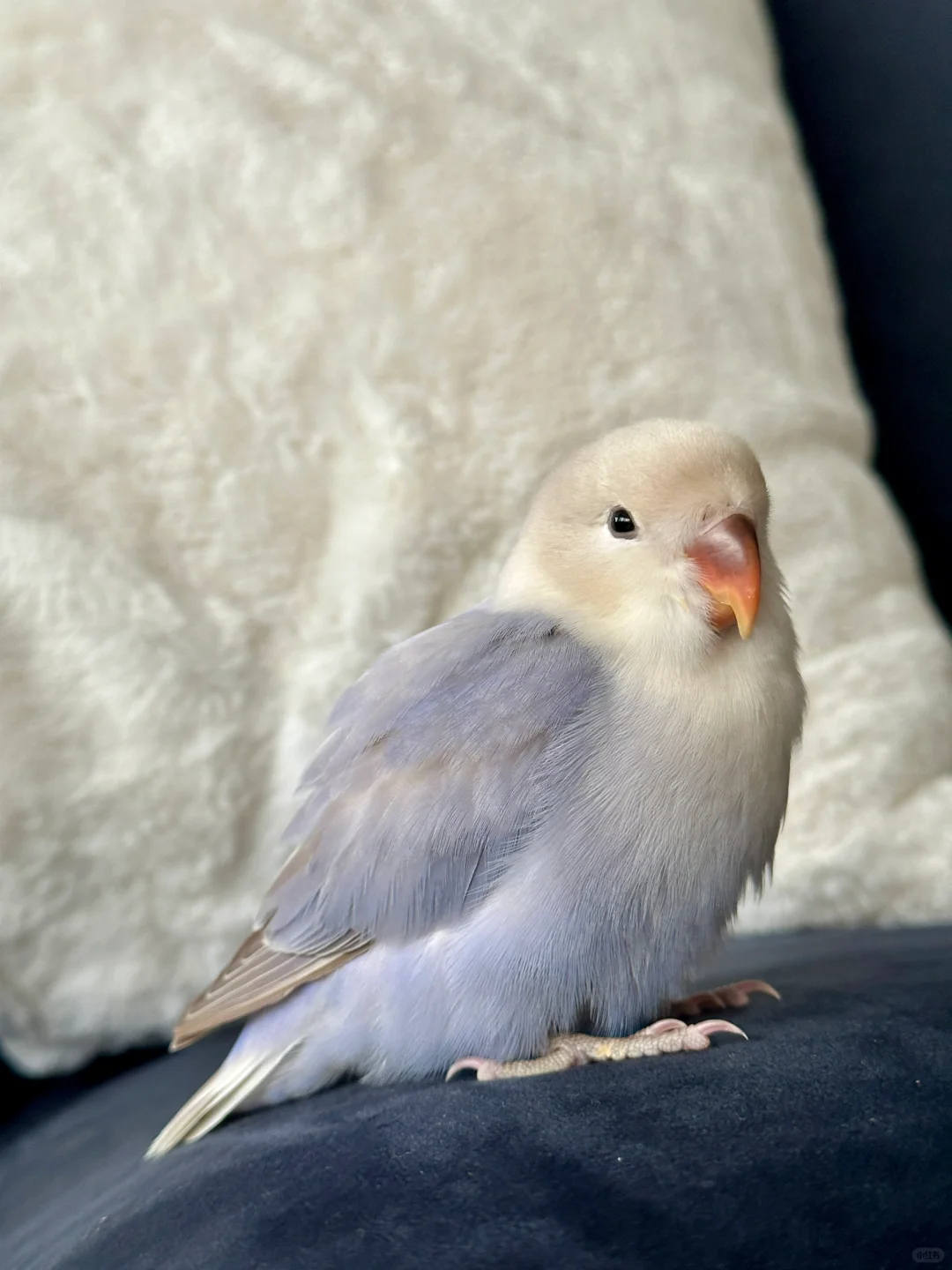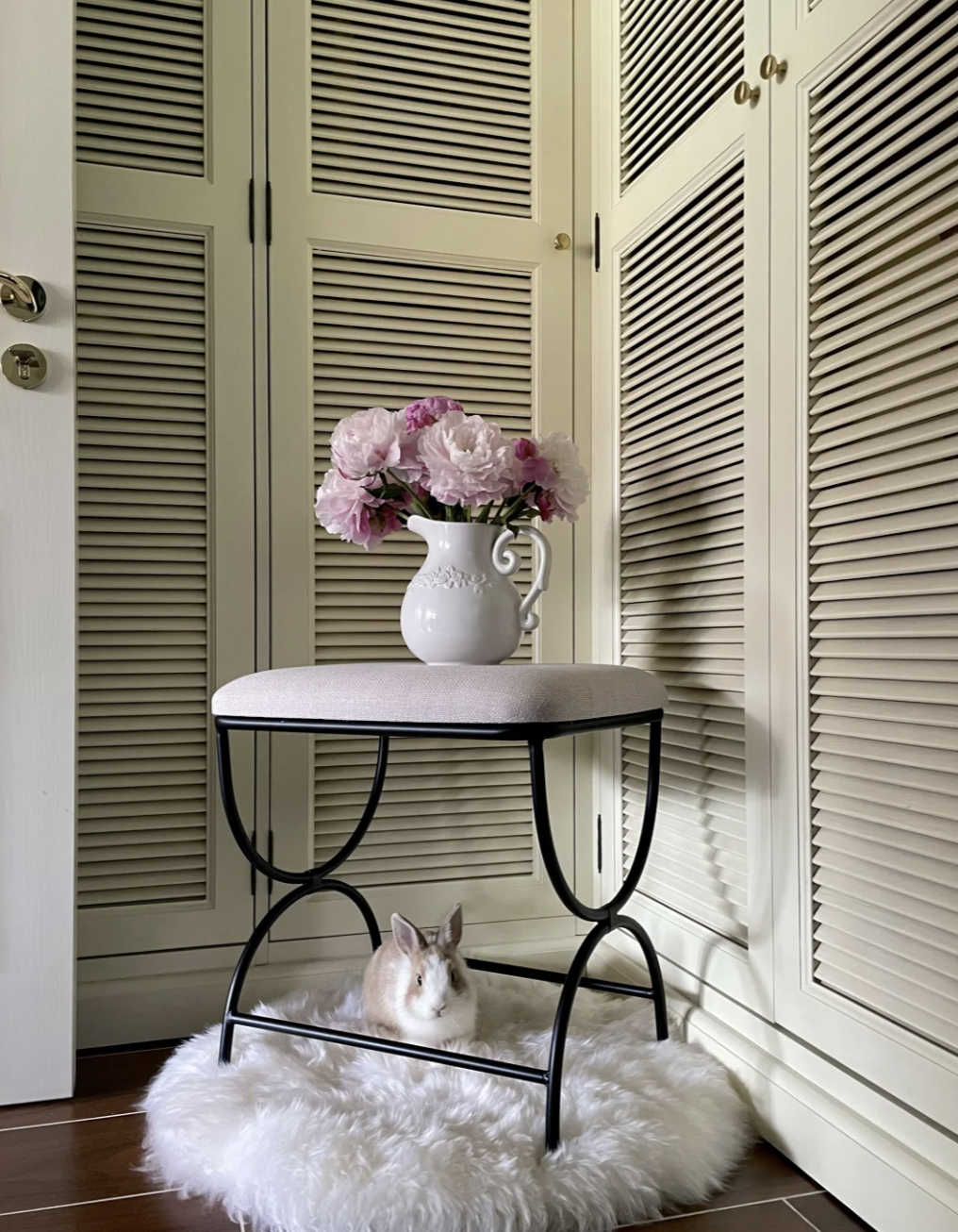**Words of wisdom, detailed advice, highly recommended to read fully. For purchasing fish, it's best to opt for locally raised ones, followed by store-raised. **
🌟 **For An Old Hand:**
1. **Setup:** Separate tanks for males, females, breeders, and fry. After 1.5 months, segregate males and females into their respective larger tanks. No filtration, fairy filters, or oxygen needed. Use sea sand, crushed oyster shells, coral bones, and grow Java moss, water hyacinth, centipede plants, and pearl grass. Use apple snails and gold algae eaters for cleaning.
Separating males and females prevents random breeding and degeneration. Keep a selective breeding tank for chosen fish after 4 months.
2. **Breeders:** One female to three males. The number of offspring depends on genetics and male quantity. Ovulation requires mating stimulation; the more males, the more eggs and more thorough fertilization. However, too many males can exhaust the females.
3. **Water changes:** Use a siphon + sand washer to clean the bottom. Change half the water every 3 days for 0-2 months old, and one-third weekly for adults. Use water from a heater, adjusted to match the tank's temperature. Prefer warm over cold, and don’t worry about aging the water or using bottled fish water.
4. **Temperature:** Home temperature between 68-79 ℉, no heating rod needed except during April and October when heating is off.
🌟 **For Beginners:**
1. **Equipment:** Guppies are weak swimmers, avoid three-in-one pumps and high-power pumps as they can exhaust the fish. In early stages without experience, use fairy filters or bottom-absorbing pumps with a flow rate 4-10 times the tank's volume. Use slightly alkaline filter media like coral bones, oyster shells, quartz balls, and ceramic rings to cultivate beneficial bacteria for water purification.
2. **Feeding:** We raise guppies for fun, not for quick growth or sale. Health and longevity are paramount. Most of us have jobs; feeding three times a day (morning, after work, and before bed) is sufficient. Growing too fast isn't good; it shortens lifespan. Each meal should be consumed within 3-5 minutes. For fry, it’s best to hatch your own brine shrimp. Avoid shelled brine shrimp eggs; 99% are poor quality pretenders or genuine ones whose shells fry can't digest, leading to malnutrition and high mortality.
3. **Temperature:** Maintain 68-79 ℉. Prolonged high temperatures increase metabolism, calcium loss, deformities, and weakened immunity. Stable temperature is key—stability, stability, stability!
4. **Water changes:** Guppies prefer fresh and hard water; males' tails are sensitive to tail rot and burn. Consistent water changes improve water quality. Signs to change water: fishy smell, cloudy water, plant death, surface bubbles that don’t dissipate, poor visibility (less than 10cm), or green water turning clear.
[💣] The most crucial part of water changes is avoiding temperature differences!!! [💣] Shocking the fish with temperature changes can cause illness, tail/fin clamping, and erratic swimming. 99% of beginners’ deaths occur here.




